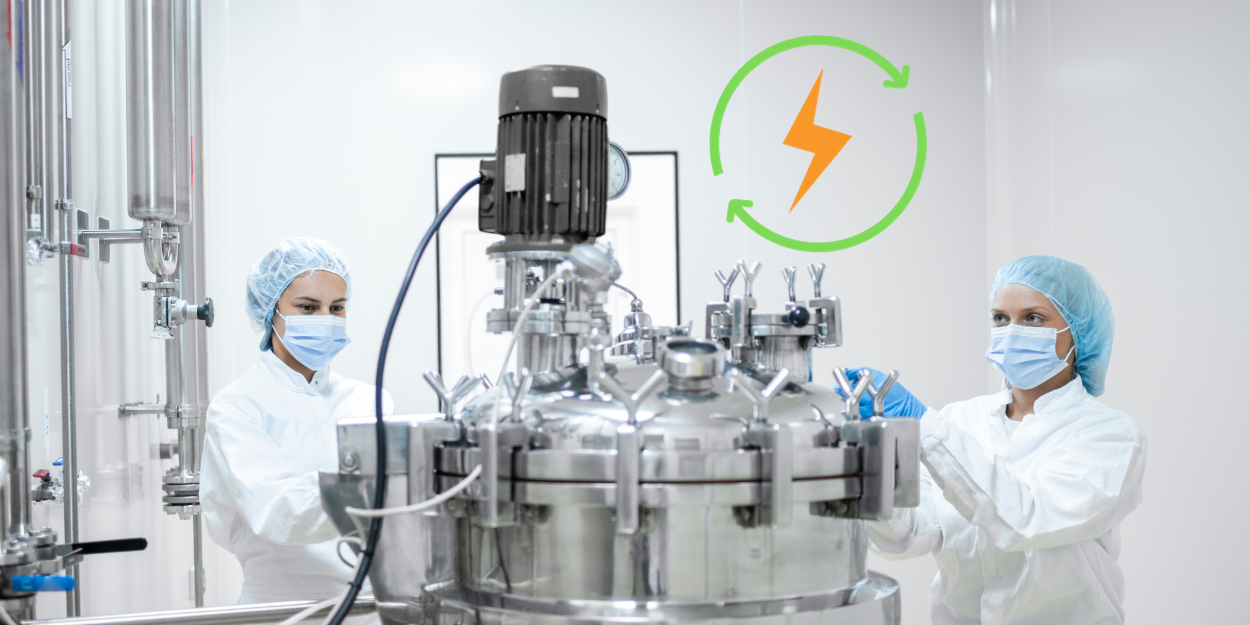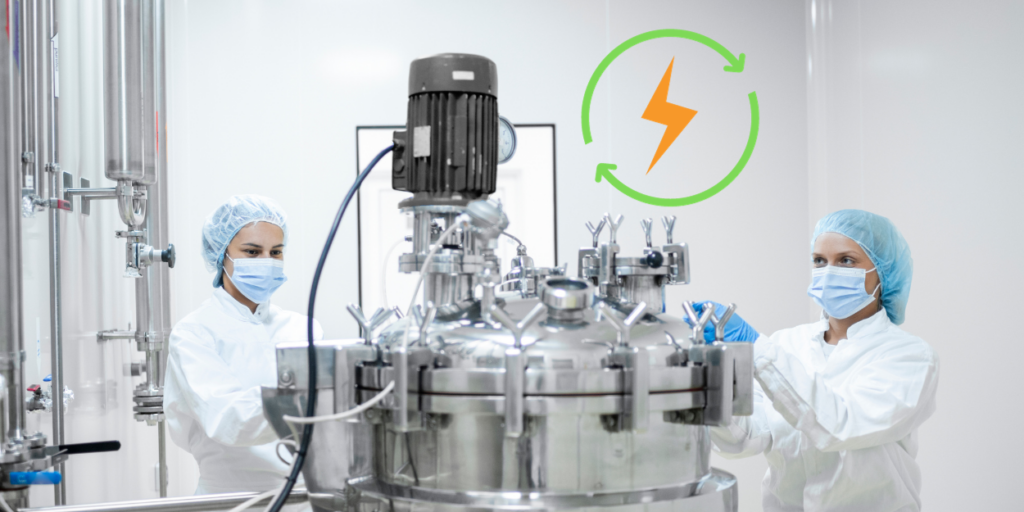
Conditioning & Mixing Tank Agitators – Mining & Mineral Processing
In the dynamic realm of mining and mineral processing, the

Mixing is an Art and a Science. All too often, those companies which do not understand the “Art” of mixing will simply overpower a mixer in the hopes of covering the inability to control mixing through Torque. Exploiting this mechanical advantage can offer great energy savings, as well as
greatly improve the mixing and process control. In this article, we discuss the energy savings.
Mixing is a common operation in fields such as chemical processing, food production, pharmaceuticals, and more. Sustainable mixing aims to reduce the environmental impact of these processes while maintaining or improving efficiency and product quality.
Here are some key points and strategies related to sustainable mixing:
Energy Efficiency: Energy-efficient mixing involves optimizing the design and operation of mixing equipment to minimize energy consumption. This can be achieved through improved equipment design, proper selection of mixing speed, and using advanced mixing technologies that require less power for more Mixing.
Process Optimization: Understanding the mixing process and the properties of the materials being mixed can help optimize the process parameters. This prevents overmixing or undermixing, which can lead to energy waste and decreased product quality.
Equipment Design: Sustainable mixing equipment is designed to minimize energy losses, reduce material waste, and enhance mixing performance. This includes using efficient impeller designs, proper baffling, and streamlined vessel shapes.
Flow Control: Implementing flow control strategies, such as using variable-speed drives and advanced control algorithms, can help maintain optimal mixing conditions while minimizing energy consumption.
Material Selection: Choosing environmentally friendly and recyclable materials for mixing containers and equipment can contribute to sustainability. Additionally, selecting materials with low friction can reduce energy requirements during mixing.
Reduced Waste and Emissions: Properly designed mixing processes can minimize material waste and emissions by ensuring thorough mixing, preventing product degradation, and reducing the need for rework.
Renewable Energy Sources: Incorporating renewable energy sources, such as solar or wind power, into the mixing process can help further reduce the carbon footprint of mixing operations.
Process Monitoring and Control: Real-time monitoring and process control systems can help adjust mixing parameters to maintain optimal conditions, prevent energy waste, and ensure product quality.
Lifecycle Analysis: Conducting a lifecycle analysis of the mixing process can help identify areas where sustainability improvements can be made. This analysis considers the environmental impact of the process from raw material extraction to disposal of the final product.
Training and Education: Training operators and staff on the principles of sustainable mixing and proper equipment operation can lead to more efficient and eco-friendly practices.
Collaboration and Innovation: Collaboration between industry experts, researchers, and equipment manufacturers can lead to the development of innovative technologies and practices that enhance the sustainability of mixing processes.
Overall, sustainable mixing involves a holistic approach that considers both the environmental impact and the economic efficiency of mixing operations. By adopting these strategies, industries can reduce their carbon footprint, conserve resources, and contribute to a more sustainable future.

In the dynamic realm of mining and mineral processing, the

Mining operations are essential for meeting the world’s resource needs, yet they

Water treatment is a complex yet vital process that ensures
Subscribe to our newsletter for helpful technical publications and industry announcements.

This website uses cookies to ensure you get the best experience on our website